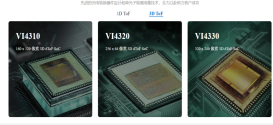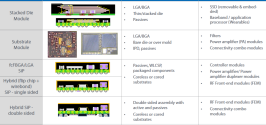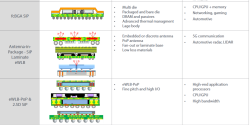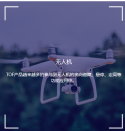you are comparing 2021 products with 2025.Texas Instruments OPT3101 ToF Sensor
The Texas Instruments OPT3101 Time of Flight (ToF) sensors are high-speed, high-resolution analog front ends (AFEs) for ToF-based continuous wave proximity and ranging sensors
View attachment 157935
View attachment 157936
with current geopolitical situation and advancements in domestic chips. most probably all these chips would already have been replaced.
CXMT not only producing LPDD4 now but producing in large volume, that causing other competitors to reduce prices. and this is last year news.
for MMC memory cards, there are many Chinese companies like China chip star Semi Co., Ltd , Shenzhen Changfengqi Technology Co., Ltd..
-------------------------------------------------------------------------------------------------------------------
China have caught up in Analog chips. its all about capture the market share. Chinese firms recently break the deadlock in many Analog chips and rapidly gaining customers.
some of the best local MCUs to ADCs coming from from Hisilicon.
Black Sesame & Horizon have great ADAS and edge-related products.
HiSilicon Unveils AC9610 ADC Challenging TI and ADI in High-Performance Market
After the launch of AC9610 in March, great expectations have been generated for ultra-high precision ADCs and HiSilicon is already developing AC963X and AC962X will be launched in August, 16-bit, 125Msps (2,4,8,16 channels)
-----------------------------------------
Suzhou Xunxinwei's latest ADC analog-to-digital converter
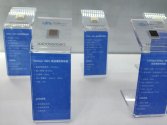
Last edited:



